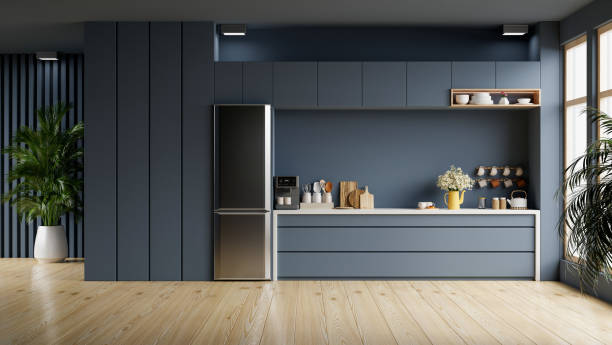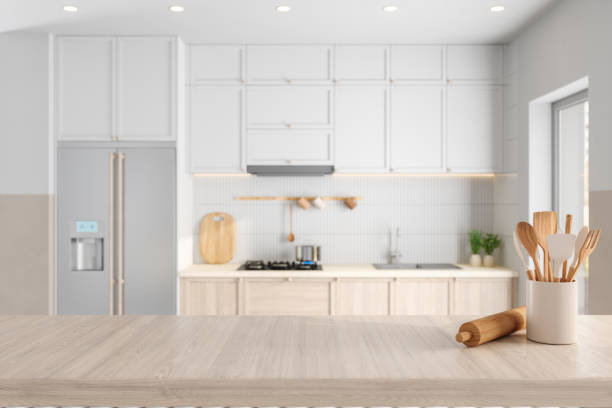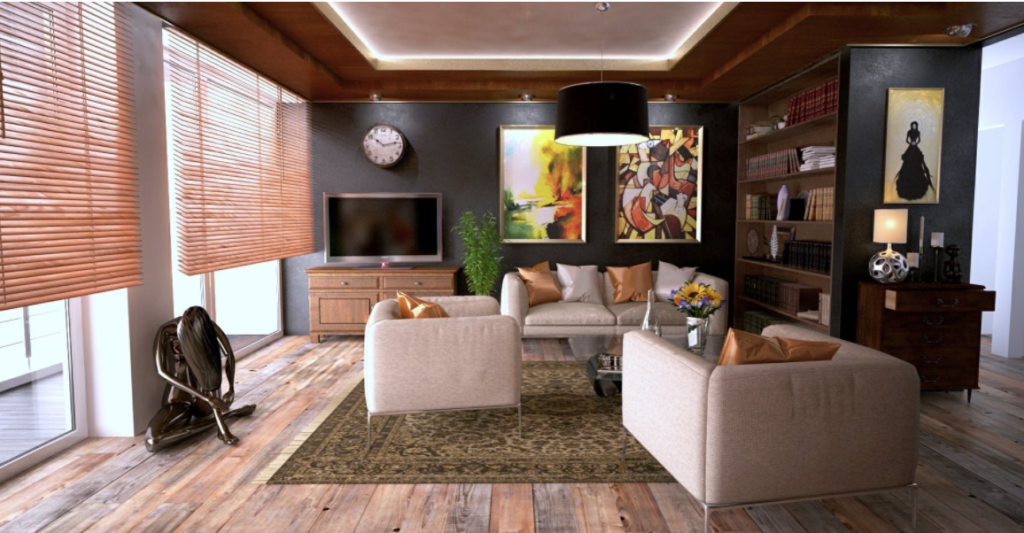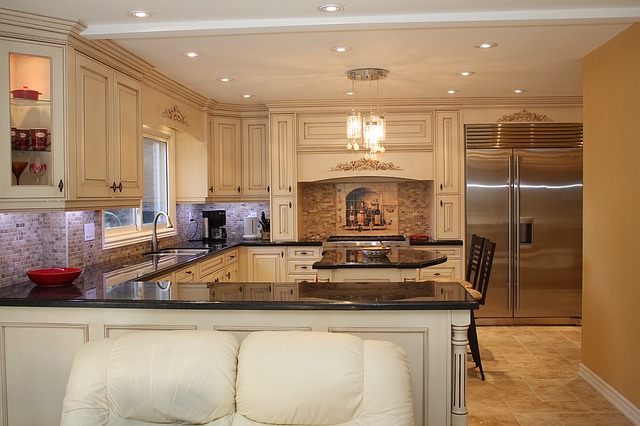Home renovation projects can be both exciting and challenging endeavors. Whether you’re planning to update a single room or completely overhaul your entire home, there are essential dos and don’ts to consider to ensure a successful outcome. Drawing insights from real projects, homeowners have learned valuable lessons that can guide you through your own renovation journey.
Dos:
Plan and Budget Thoroughly: Before you start swinging a hammer, spend ample time planning and budgeting for your home renovation. Understand your needs and desires for the project and outline a clear vision. Research costs and obtain multiple quotes from contractors to establish a realistic budget. Factor in unexpected expenses as they often arise during renovations.
Seek Professional Advice: While it might be tempting to take a DIY approach, it’s crucial to consult with professionals, especially for complex projects. Architects, interior designers, and experienced contractors can provide valuable insights, ensuring your renovation meets building codes, and is aesthetically pleasing and functional.
Prioritize Structural and Mechanical Upgrades: While aesthetic improvements are appealing, it’s essential to prioritize structural and mechanical upgrades. Addressing foundational issues, electrical wiring, plumbing, and HVAC systems will prevent costly problems in the future and lay a strong foundation for your design choices.
Choose Quality Materials: Opt for quality materials, even if they come at a higher cost. Skimping on materials can lead to durability issues and force you to replace or repair them sooner than expected. Quality materials also add value to your home, making it a worthwhile investment.
Obtain Necessary Permits: Many home renovations require permits from local authorities. Failing to obtain the necessary permits can lead to costly fines and delays. Always check with your local building department to ensure compliance with regulations.
Don’ts:
Rush the Planning Phase: The planning phase is the backbone of your project. Avoid the temptation to rush through it, as this can lead to mistakes and oversights. Take the time to fine-tune your plans and get everything in order before starting the renovation.
Ignore Structural Issues: Ignoring structural issues or trying to cover them up with cosmetic fixes is a recipe for disaster. Deal with any underlying problems before proceeding with cosmetic changes. Renovating on top of unresolved issues can lead to more significant issues down the road.
Overlook Energy Efficiency: Home renovations present an excellent opportunity to improve energy efficiency. Don’t overlook insulation upgrades, energy-efficient windows, and smart home technologies. These investments can lead to substantial savings on energy bills in the long run.
Overextend Your Budget: Renovations often encounter unexpected costs. Avoid overextending your budget with extravagant choices. It’s essential to allocate a contingency fund to handle unforeseen expenses without compromising the entire project.
Sacrifice Functionality for Aesthetics: While aesthetics play a significant role in home renovations, sacrificing functionality for style can lead to regret later on. Ensure that your renovated space is not only beautiful but also practical and functional for your daily needs.
Lessons from Real Projects:
Patience is Key: Home renovations can be time-consuming and stressful. Real projects have shown that patience is key. Expect delays and hiccups, and try to remain flexible throughout the process.
Communicate Clearly with Contractors: Miscommunication with contractors can lead to misunderstandings and unsatisfactory results. Maintain clear and open communication, and don’t hesitate to ask questions or seek clarifications.
Embrace Sustainable Practices: More homeowners are incorporating eco-friendly and sustainable practices into their renovations. From using recycled materials to installing energy-efficient fixtures, embracing sustainability benefits both the environment and your long-term costs.
Balance Trends with Timelessness: Home design trends come and go. While it’s fine to incorporate trendy elements into your renovation, striking a balance with timeless design choices ensures your home remains stylish for years to come.
Enjoy the Process: Finally, remember to enjoy the renovation process. While it can be challenging, it’s also an opportunity to create the home of your dreams. Embrace the journey and look forward to the finished result that reflects your vision and personality.
In conclusion, home renovation projects require careful planning, attention to detail, and an understanding of the dos and don’ts to achieve success. Learning from real projects and the experiences of others can help you navigate the complexities of renovation and turn your house into a beautiful and functional home.…








